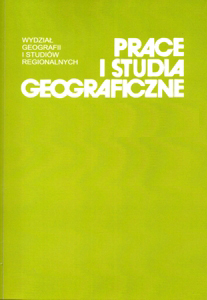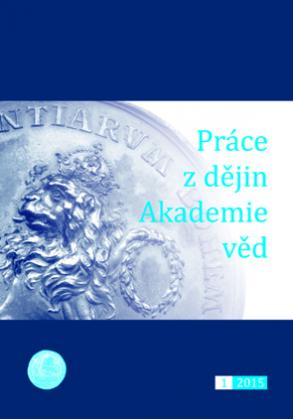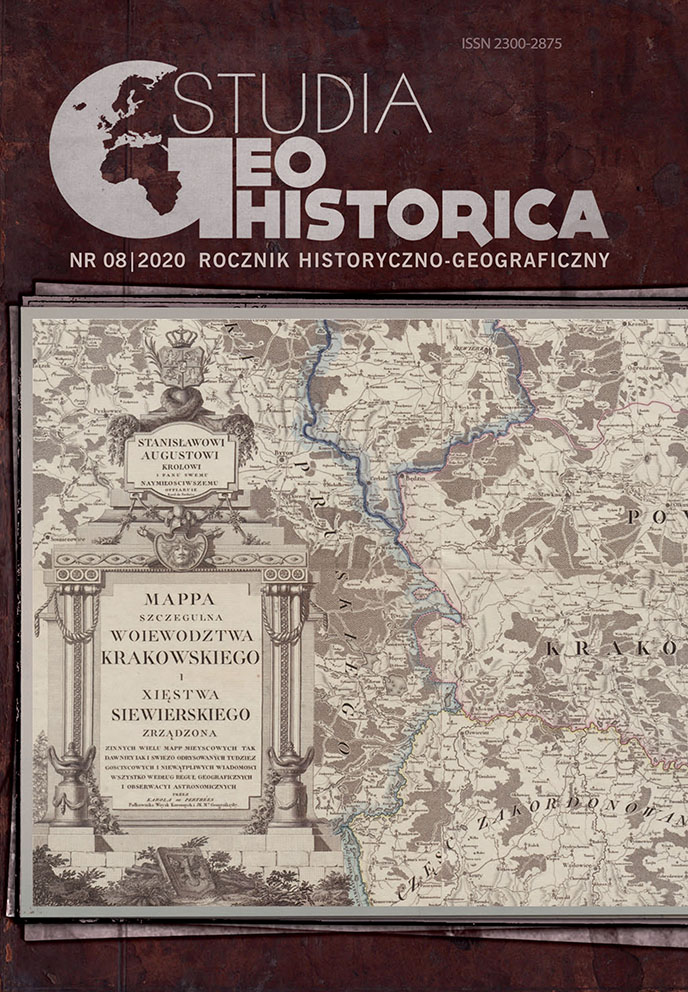Author(s): Dragiša Kecojević / Language(s): Serbian
Issue: 9/2012
The paper describes the devastating earthquake with human losses which happened eighty years ago in Southern Serbia. Catastrophic shake happened on 8th March 1931, at 51 minutes, 18 seconds past 1 o`clock P.M. The period of the wave was 8 seconds. The quakes were so strong that the needles on the apparatus in the Seizmographic Institute in Belgrade were thrown-off. The earthquake was recorded by the most distant seizmographic stations on all five continents. The epicentre of the quake was in Greece. The quake shook the great part of the Balkan penninsula, mostly Greece, southeastern part of Southern Serbia and part of the western Bulgaria, including Sofia. The places in Southern Serbia which sufferred most were Kavadar, Negotin na Vardaru, Demir Kapija, County of Dojran, County of Djevdjelija and the surroundings of Strumica. The most devastated was Valandovo in the County of Dojran. The next day, early in the morning, the royal train arrived in Skoplje with His Majesty, King Aleksandar Karadjordjević followed by the President Mr. Petar Živković. The train proceeded towards south to the endangered area. The King came in order to be with his people, to perceive the extent of the destruction and to find out what kind of help was needed there and how it could be distributed. In Demir Kapija, the King was welcomed by a huge crowd of people. The King personally made sure that the destruction was devastating and he had promised that they would receive the much needed help. The next stop was in Udov, at the train station “Strumica“. As soon as he got out of the train, the King made sure that the earthquake had really been a catastrophic one. The train station was so damaged that it was expected to collapse after a next shake, even a light one. Many of the surrounding buildings were fallen or close to collapsing. The King was met by a huge crowd of people under the leadership of the president of the municipality, head of the county, a deputy and other leading men. The King looked up the ruins and he promised people that everything would be renovated at state’s expense and that all of them would be in new and better houses by autumn. After Udov, the King visited the settled village of Karadjordjevac, then village Pirava, county place Valandovo, little town Furka and county place Strumica. In all of these places, the people greeted their King enthusiastically. In his talks with the people, the King would be telling them that all the damages would be compensated, all demolished houses would be pulled down to the ground and that new houses would be built and that everyone, by autumn, would be living in newer and better houses than before. Military commanders who escorted him were given orders that the people should immediately receive tents as a protection against bad weather. The King left for Štip and further. Immediately after the King`s departure, the army arrived to all of these places and started giving all the necessary help to the people. Soon, there came masons, carpenters and other handicraftsman for building houses. From whole of Yugoslavia came building materials: bricks and roofing tiles came from Leskovac and Kikinda, wooden material came from Drvar, lime, nails and other material arrived from other places. A group of soldiers was assigned to each house. They were helping the artisans, learning the crafts in that way. The King refused the international help stating that his country was strong enough to clear away the situation brought about by the damaging earthquake. The King kept his promise. In the September of the same year, all of the demolished houses were renewed and the people moved into new houses which were better and more spacious than before. The King fulfilled his promise.
More...

















